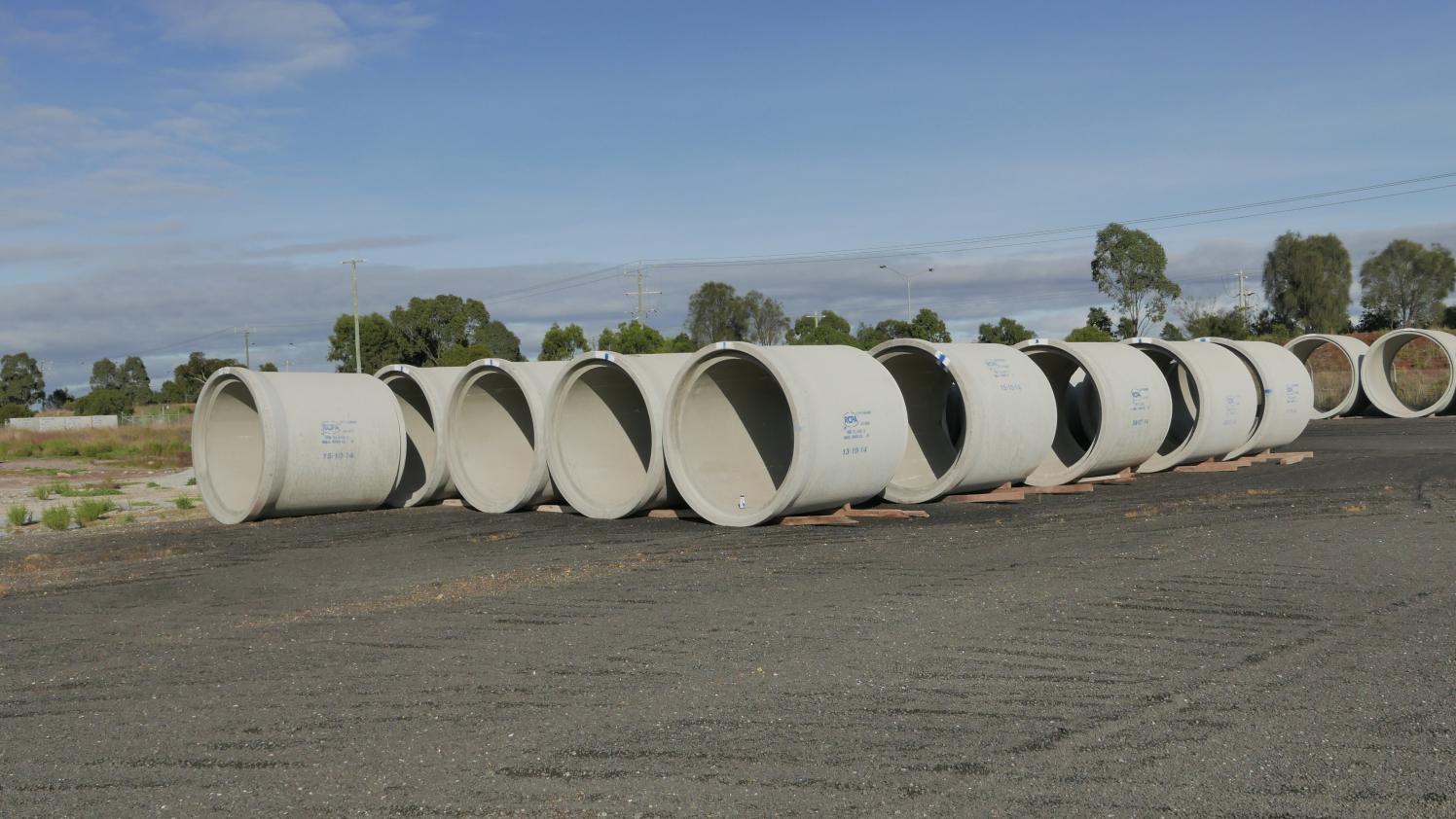- Afrikaans
- Albanian
- Amharic
- Arabic
- Armenian
- Azerbaijani
- Basque
- Belarusian
- Bengali
- Bosnian
- Bulgarian
- Catalan
- Cebuano
- China
- China (Taiwan)
- Corsican
- Croatian
- Czech
- Danish
- Dutch
- English
- Esperanto
- Estonian
- Finnish
- French
- Frisian
- Galician
- Georgian
- German
- Greek
- Gujarati
- Haitian Creole
- hausa
- hawaiian
- Hebrew
- Hindi
- Miao
- Hungarian
- Icelandic
- igbo
- Indonesian
- irish
- Italian
- Japanese
- Javanese
- Kannada
- kazakh
- Khmer
- Rwandese
- Korean
- Kurdish
- Kyrgyz
- Lao
- Latin
- Latvian
- Lithuanian
- Luxembourgish
- Macedonian
- Malgashi
- Malay
- Malayalam
- Maltese
- Maori
- Marathi
- Mongolian
- Myanmar
- Nepali
- Norwegian
- Norwegian
- Occitan
- Pashto
- Persian
- Polish
- Portuguese
- Punjabi
- Romanian
- Russian
- Samoan
- Scottish Gaelic
- Serbian
- Sesotho
- Shona
- Sindhi
- Sinhala
- Slovak
- Slovenian
- Somali
- Spanish
- Sundanese
- Swahili
- Swedish
- Tagalog
- Tajik
- Tamil
- Tatar
- Telugu
- Thai
- Turkish
- Turkmen
- Ukrainian
- Urdu
- Uighur
- Uzbek
- Vietnamese
- Welsh
- Bantu
- Yiddish
- Yoruba
- Zulu
ნოე . 05, 2024 18:42 Back to list
home built heat exchanger
Building Your Own Heat Exchanger A Comprehensive Guide
Heat exchangers are essential devices that allow for the efficient transfer of heat between two fluids, typically liquid or gas. They are widely used in various applications, including HVAC systems, refrigeration, and industrial processes. Building your own heat exchanger can be a rewarding project, offering both practical benefits and an opportunity to explore the principles of thermodynamics. In this article, we will discuss the primary types of heat exchangers, the materials you'll need, and step-by-step instructions on how to build a simple heat exchanger at home.
Types of Heat Exchangers
Before diving into the construction process, it's essential to understand the different types of heat exchangers. The most common types include
1. Shell and Tube Heat Exchangers These consist of a series of tubes, one set carrying the hot fluid and the other the cold fluid. Heat is transferred between the fluids through the walls of the tubes.
2. Plate Heat Exchangers These are made up of thin, corrugated plates that create a large surface area for heat transfer. They are known for their compact design and high efficiency.
3. Air-to-Air Heat Exchangers Often used in ventilation systems, these exchangers transfer heat from outgoing air to incoming air without mixing the two streams.
For the purpose of this guide, we will focus on building a simple copper tube heat exchanger, which is suitable for home applications such as heating water or maintaining temperature in a small aquarium
.Materials Required
To build your own copper tube heat exchanger, you’ll need the following materials
home built heat exchanger

- Copper Tubing Use 1/2 inch or 3/4 inch copper tubing, as it offers great thermal conductivity. - Copper Fittings These are necessary for connecting the tubes at various points. - Soldering Kit Copper solder and a propane torch will be required to join the fittings and tubes. - Insulation Material Use foam or fiberglass insulation to minimize heat loss. - Test Fluids Depending on your application, this could be water or another liquid.
Step-by-Step Instructions
1. Design the Heat Exchanger Decide on the dimensions of your heat exchanger based on your specific requirements. A simple rectangular or cylindrical shape is ideal. For instance, a design with two parallel tubes—one for the hot fluid and one for the cold—can be both effective and easy to construct.
2. Cut the Copper Tubing Using a tube cutter, cut the copper tubing to the desired lengths based on your design. Make sure to cut clean edges to ensure a good seal during soldering.
3. Form the Basic Structure Using copper fittings, begin assembling the structure. Connect the lengths of copper tubing in a parallel configuration, ensuring that one set is for the hot fluid and the other for the cold. Use elbows, tees, and unions as necessary. At this stage, do not solder anything yet as you'll want to adjust the layout if needed.
4. Solder the Connections Once you are satisfied with the layout, apply flux to the joints, and heat them using a propane torch. Once hot, add the solder to create a strong bond. Be careful to avoid overheating the copper and causing damage.
5. Insulate the Heat Exchanger After the solder has cooled and solidified, wrap the entire unit in insulation material. This step is vital to minimize heat loss and improve efficiency.
6. Testing Connect the heat exchanger to your system using appropriate hoses and fittings. Run your fluids through the exchanger to test for leaks or inefficiencies. Monitor temperature changes to ensure the heat exchanger is working effectively.
Conclusion
Building your own heat exchanger can be a fulfilling as well as an educational experience. While the project requires some basic tools and understanding of fluid dynamics, the principles of heat transfer are relatively straightforward to grasp. Through this guide, you should now have a solid foundation to create a functional copper tube heat exchanger tailored to your needs. Whether for an aquarium, a DIY heating system, or another application, a home-built heat exchanger can significantly enhance your project's efficiency and effectiveness. Happy building!
-
Machine Base Casting Solutions Custom & ODM Precision Castings
NewsMay.31,2025
-
Custom Cast Steel Pipe Mould Pallets Heavy-Duty & Custom Solutions
NewsMay.31,2025
-
Cast Silicon Aluminum Alloy Heat Exchanger Suppliers & Exporters
NewsMay.31,2025
-
Precision Die Casting Services Custom & Machining Parts Supplier
NewsMay.31,2025
-
Stamp Concrete Pipe Mold Bottom Rings Durable & Customizable Designs
NewsMay.31,2025
-
Custom Furniture Hardware Supplies Buy Durable Parts Online
NewsMay.30,2025


